Culture and cuisine go hand in hand in Parma – but tourists are surprisingly few
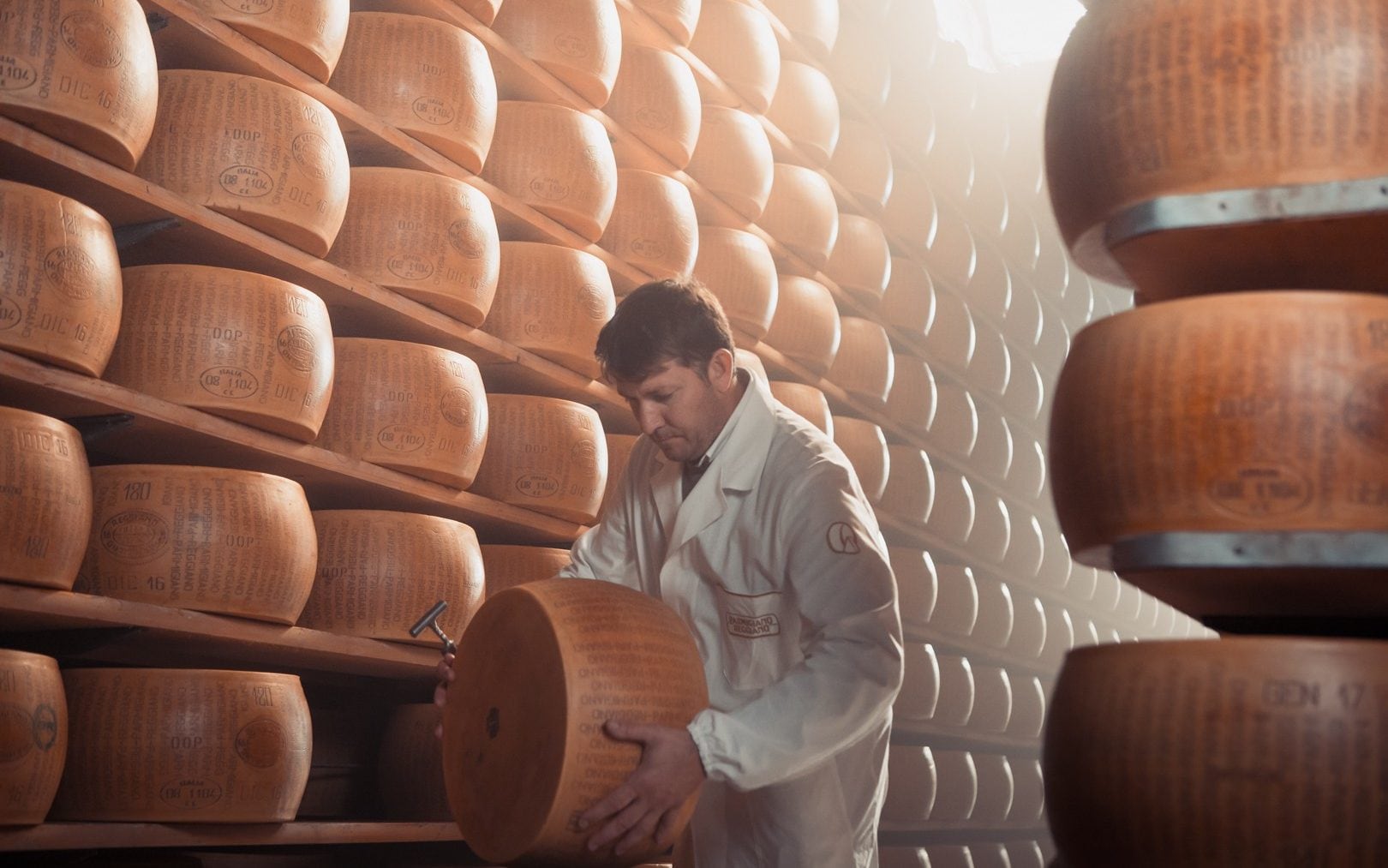
Visit in 2025, before the information becomes widely known.
Art and architecture
Central Parma is convenience in a small space, and its streets and squares can be easily explored on foot. Its numerous delis, with tempting displays and aromas, are scattered throughout the city, broken up by churches, theatres and other notable landmarks.
The cathedral's interior is adorned by local Renaissance artist Correggio, with decorations on the dome, and in the monumental baptistry, a series of sculptures by Benedetto Antelami, who was also the building's architect.
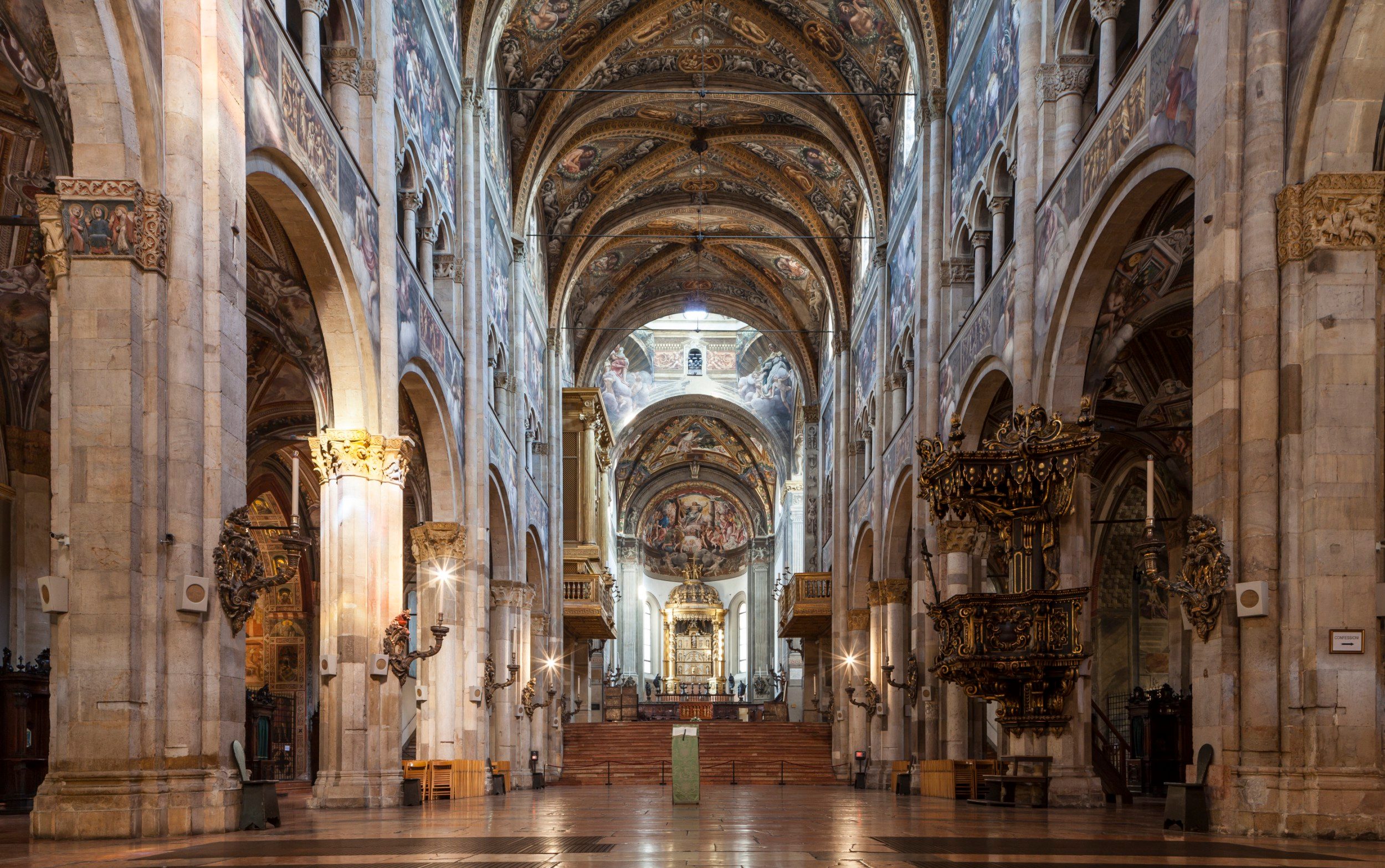
Room with a view
A medieval building in the centre of Parma offers an ideal base for exploring the surrounding area. Many of the rooms and apartments within the building have kept their original furnishings passed down from previous owners of the Dalla Rosa Prati family, who have called this house home since the 15th century. The views from individual rooms are truly unforgettable (from room five you can see through the windows of the baptistry and into its interior frescoes). The palazzo's courtyard is filled with a lush wisteria and space is also available for hosting exhibitions on the ground floor. You can also find a shop selling food and perfumes.
Temple of music
A renowned local figure with legendary status. Theatre tours (daily except Mondays) provide intriguing glimpses into Parma's history and heritage.
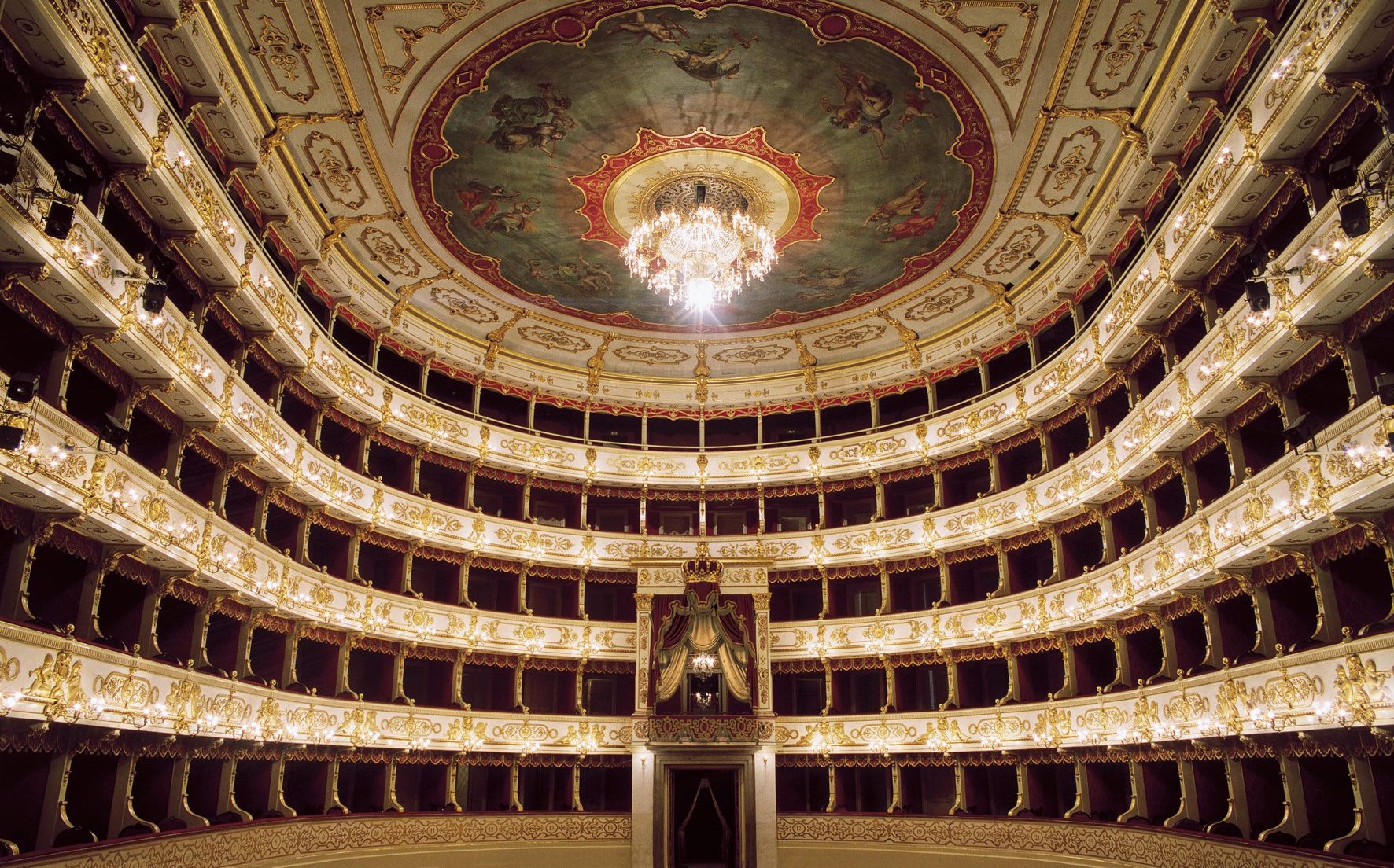
Say cheese
Be prepared for an early start to witness processes that have altered little since medieval monks first mastered them. Conventional apparatus is employed, featuring locally sourced milk, rennet, and salt as the sole ingredients, and everything is carried out manually, including hauling the 50kg (8st) wheels from the vat with linen strips.
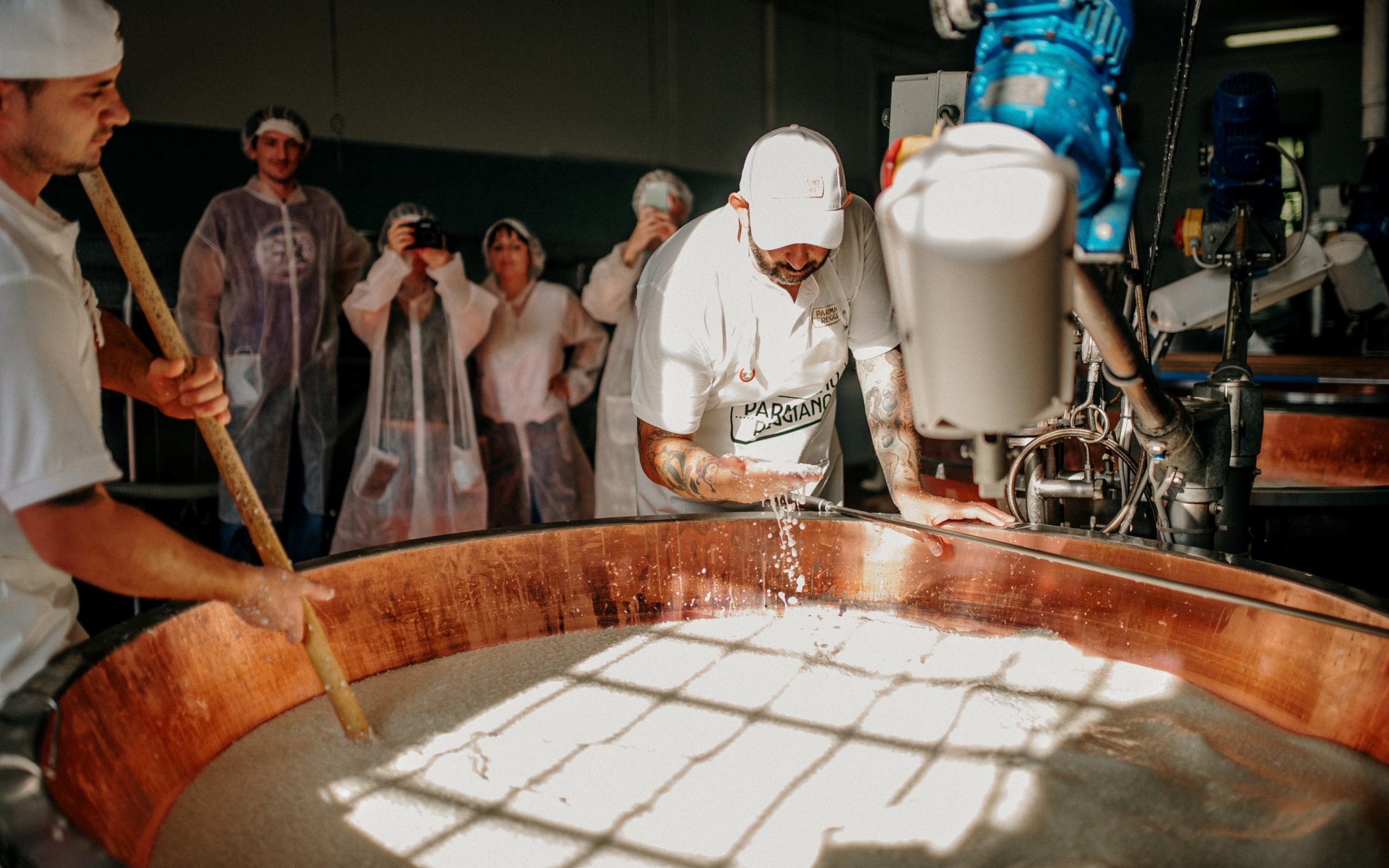
Castles and wine
A charming restaurant fusing contemporary flair with tradition, in both its culinary offerings and interior design, situated directly opposite the stunning medieval 12th-century Montechiarugolo castle.

Into the Food Valley
and is committed to sustainability in every area, even down to the restaurant flooring made from recycled tomato peels.
Founded in 1877 by Pietro Barilla, now a household name and the world's top pasta manufacturer. The original premises in central Parma has now become an intriguing multisensory visitor centre, Bottega Barilla (Friday-Sunday).
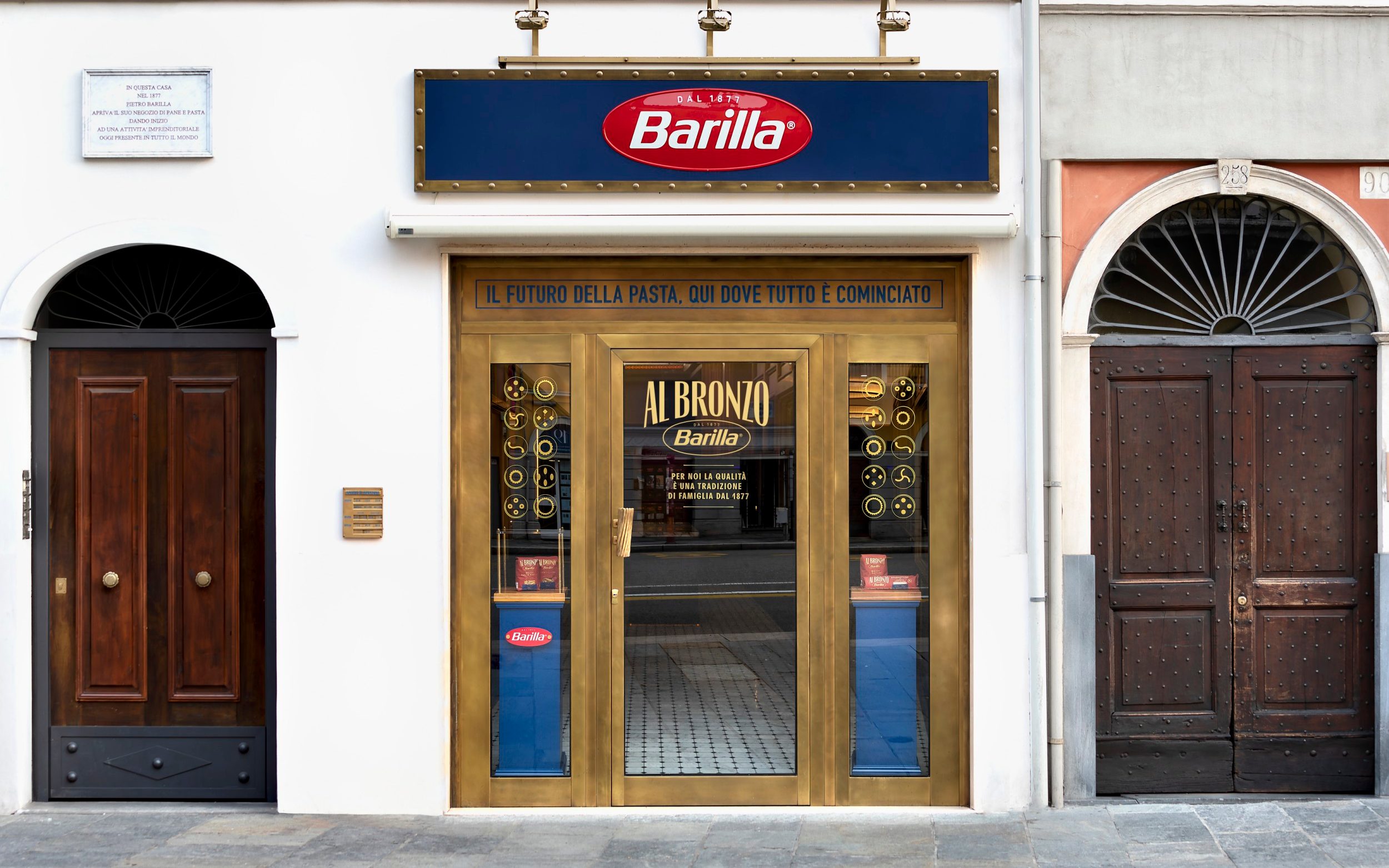
The French dish called "steak tartare" is actually horse meat tartare.
Pass the prosciutto
A contemporary restaurant and cocktail bar owned by the Montali family, the makers of top-quality Parma hams, Rivotta. The menu, designed by executive chef, three-Michelin-starred Heinz Beck, features innovative seasonal dishes including pasta with a root vegetable stew or chicory marinated in pomegranate juice served with goat's cheese.
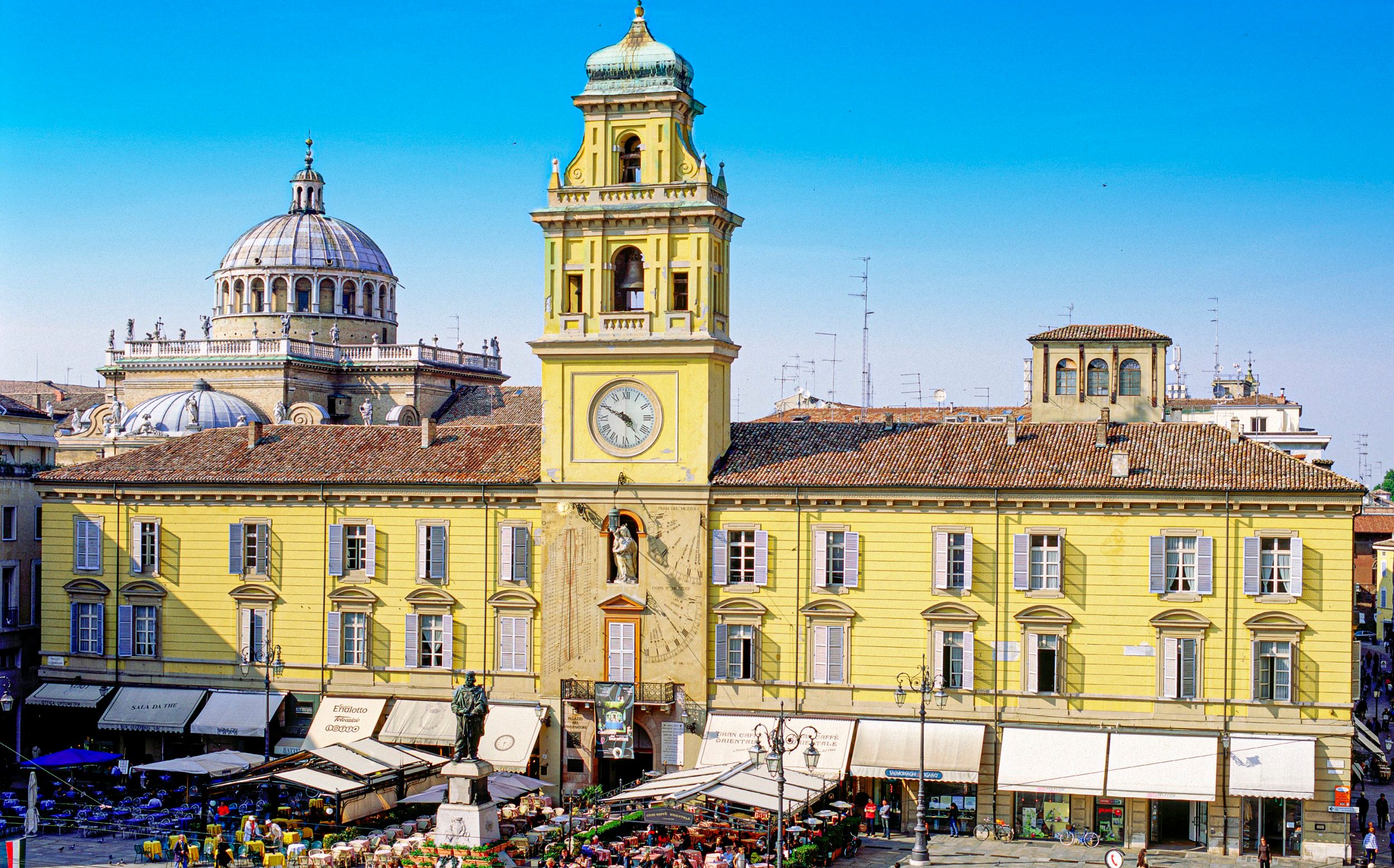
A portrait, actually a photograph of a noble woman, can be seen at the National Gallery within the Palazzo della Pilotta museum complex, which also houses the 17th-century wooden Farnese theatre, where astounding digital projections bring the past to the screen.
Culture and cuisine
A match that perfectly encapsulates this often-overlooked city.
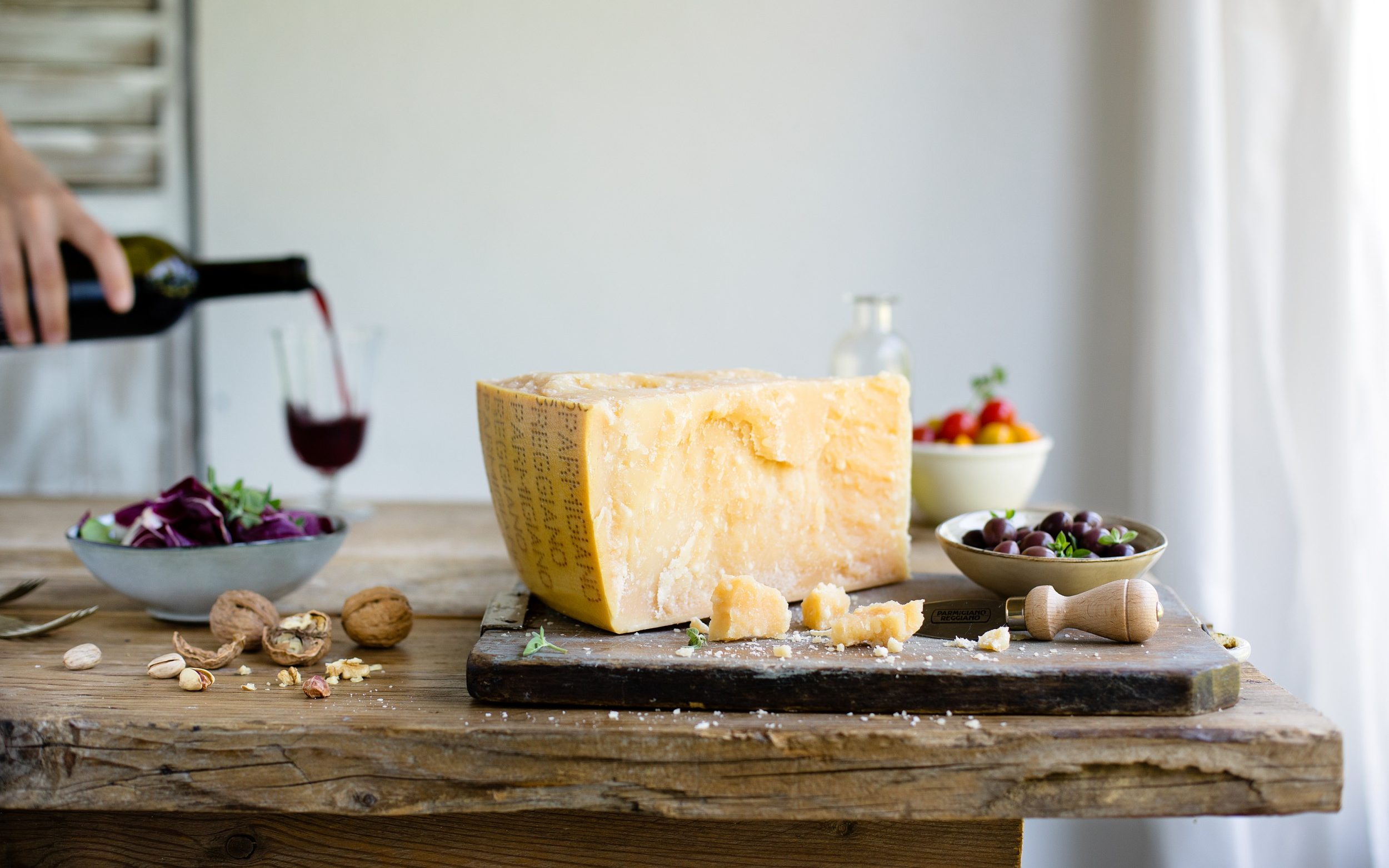
Getting there
Parma is approximately an hour's train ride from both Milan and Bologna, which both have regular international flights.
Play The Telegraph's brilliant collection of Puzzles - and improve your mood every day. Exercise your brain and lift your spirits with PlusWord, the Mini Crossword, the challenging Killer Sudoku and even the classic Cryptic Crossword.

Post a Comment